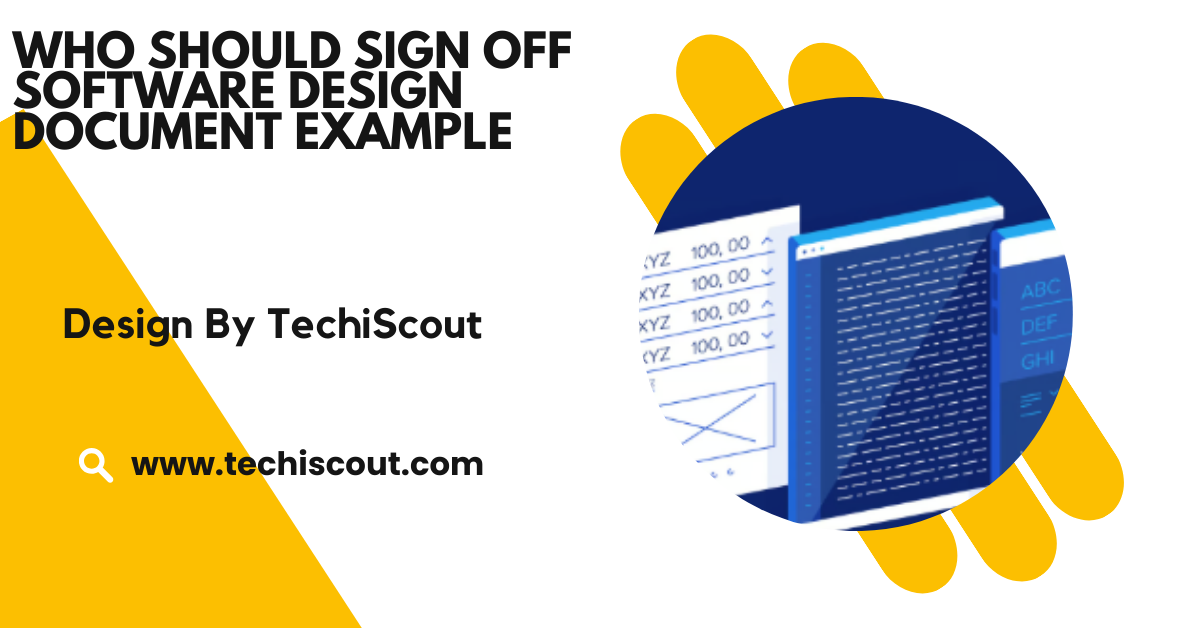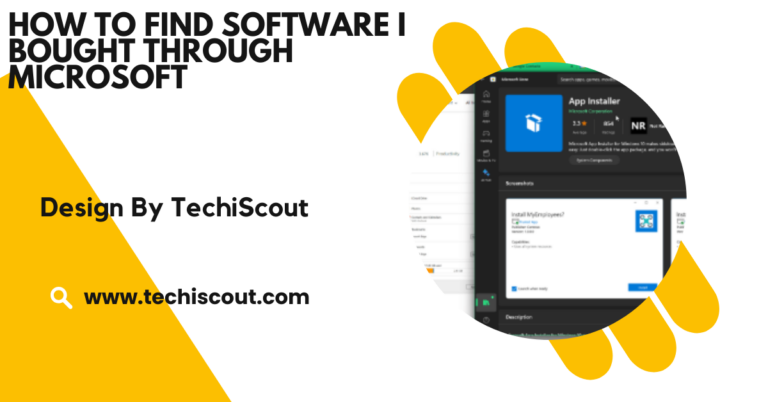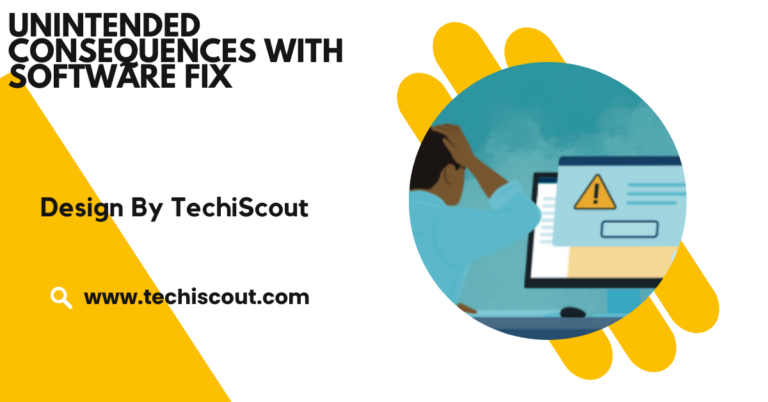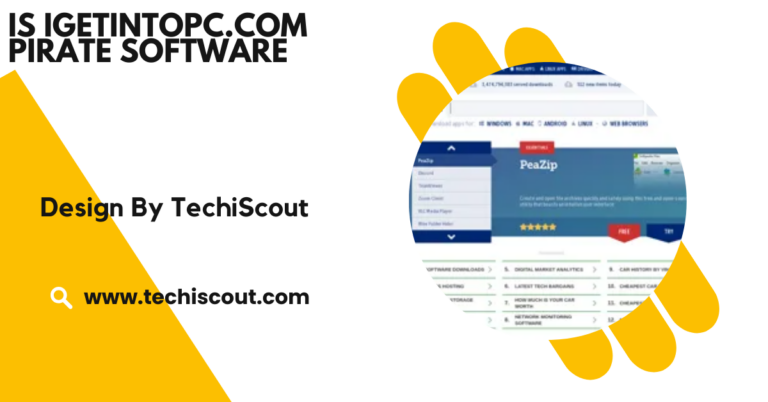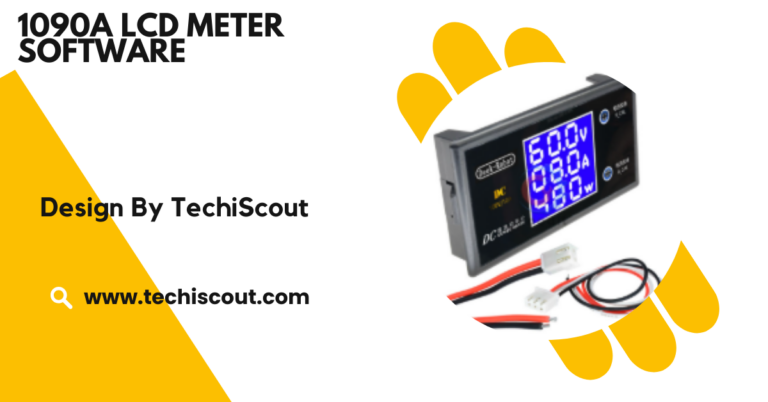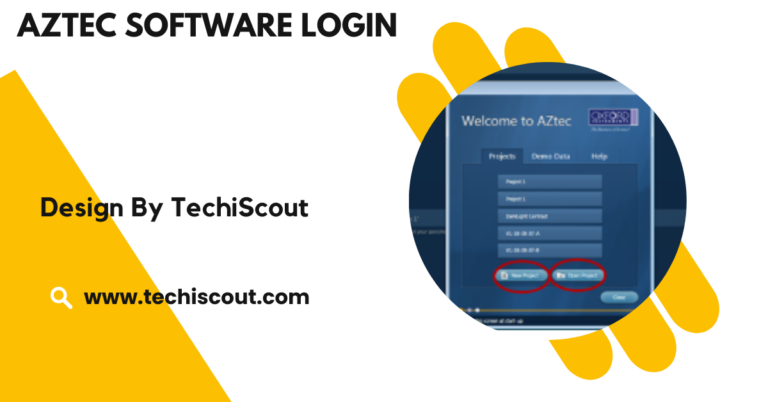Who Should Sign Off Software Design Document Example – SDD Sign-Off Guide!
The SDD should be signed off by the project manager, lead developer, QA lead, product owner, and client representative.
This article explains who should sign off software design document example, the key signatories, the importance of the sign-off process, and best practices to streamline approval, ensuring smooth development and delivery.
Table of Contents
Key Stakeholders for SDD Sign-Off:

1. Project Manager:
The project manager is responsible for ensuring that the software design fits within the overall project scope, timeline, and budget. Their sign-off confirms that the design meets the project’s goals, aligns with the business requirements, and adheres to the established schedule and financial constraints.
2. Lead Developer/Architect:
The lead developer or software architect plays a critical role in validating the technical feasibility of the design.The lead developer or architect reviews the document to confirm that the design is technically sound and can be efficiently implemented without facing major hurdles during the development phase.
3. Quality Assurance (QA) Lead:
The QA lead ensures that the design accounts for quality from the start. Their involvement guarantees that the software design includes appropriate provisions for testing, validation, and verification of the final product.
The QA team needs to ensure that there are clearly defined testing processes, performance benchmarks, and security requirements included in the design document to avoid errors, bugs, or security vulnerabilities once the software is developed.
4. Business Analyst/Product Owner:
The business analyst or product owner ensures that the software design meets user needs and aligns with business requirements. They ensure that the design covers all the necessary features, functions, and user stories as outlined during the requirement-gathering phase.
5. Client or Stakeholder Representative:
In client-driven projects, a representative from the client’s side reviews and signs off on the SDD. This step is essential for ensuring that the design meets the client’s expectations, business objectives, and contractual obligations.
Their sign-off confirms that the client is on board with the design approach and that any necessary adjustments have been made to meet their need
When Should the SDD Be Signed Off?
The sign-off should take place after a comprehensive review by all stakeholders involved, which includes checking for alignment with project goals, technical feasibility, and business requirements.
Typically, sign-off happens after the design phase is complete, but before the development phase begins. This ensures that the development team has a clear, approved plan to follow as they move forward with building the software.
In some cases, interim approvals may also be needed at different stages of the design process, especially if the design undergoes significant changes or new features are added. Having multiple rounds of approval can prevent scope creep and ensure that the design meets all necessary criteria at each phase.
Software Design Document Example:
Here’s a simplified example of an SDD approval section:
Approval Section Example
Project Name: E-Commerce Platform Development
Document Version: 1.0
Date: November 20, 2024
| Role | Name | Date | Signature |
| Project Manager | Alice Johnson | 11/20/2024 | (Signature here) |
| Lead Developer/Architect | John Smith | 11/20/2024 | (Signature here) |
| QA Lead | Maria Lopez | 11/20/2024 | (Signature here) |
| Product Owner | Emily Carter | 11/20/2024 | (Signature here) |
| Client Representative | Sarah Brown | 11/20/2024 | (Signature here) |
Read More: Why Doesnt My Capturing Software Capture My Microphone
Why Is Sign-Off Important?
- Accountability:
By identifying who is responsible for the approval, the sign-off process establishes clear accountability for the software design. If issues arise later in the development phase, it’s clear who was involved in the approval process.
- Clarity and Alignment:
A formal sign-off ensures that all stakeholders are on the same page and understand what will be built. It helps clarify expectations and reduces misunderstandings that may occur during development.
- Risk Mitigation:
By carefully reviewing and approving the design, the team can identify potential risks early on, whether they are related to feasibility, scalability, or business alignment. The sign-off acts as a safeguard to minimize costly changes or rework in later stages.
- Prevents Scope Creep:
Having all stakeholders sign off on the design before moving forward ensures that the project remains on track and focused on the agreed-upon deliverables. This prevents unauthorized changes to the project scope, which can lead to delays and cost overruns.
Best Practices for SDD Sign-Off:
streamline the process and ensure that the sign-off is effective, consider these best practices:
- Collaborative Reviews:
Arrange review sessions with all stakeholders to discuss concerns, ask questions, and make adjustments as needed. This promotes transparency and ensures that no important details are overlooked.
- Version Control:
Keep a record of all revisions and approvals, ensuring that everyone is working with the most up-to-date version of the document.
- Clear Documentation:
The SDD should be well-structured, easy to understand, and thorough. Use diagrams, flowcharts, and other visual aids to make the design clearer and more accessible to all stakeholders.
- Digital Tools:
Leverage tools like Jira, Confluence, Google Docs, or Microsoft Teams for real-time collaboration, feedback, and digital signatures, making the process more efficient and organized.
- Testability and Reproducibility:
Ensure the design includes enough detail for QA teams to test the system effectively. Include test scenarios, performance benchmarks, and security measures to ensure thorough testing can be carried out.
FAQs:
1. Who is responsible for signing off on the software design document?
The project manager, lead developer, QA lead, business analyst, and client representative are usually responsible for signing off.
2. Why is the SDD sign-off important?
It ensures alignment between stakeholders and reduces the risk of miscommunication or rework later in the project.
3. When should the SDD be signed off?
The SDD should be signed off at the end of the design phase, before moving on to the development phase.
4. What role does the lead developer play in the SDD sign-off?
The lead developer or architect validates the technical feasibility and ensures the design represents the correct technology stack.
5. Is a business analyst necessary for SDD sign-off?
Yes, the business analyst ensures the design meets business and user requirements.
Conclusion:
Signing off on a software design document is a collective effort that involves multiple stakeholders. Each team member plays a unique role in ensuring the document is robust and aligned with project goals.
